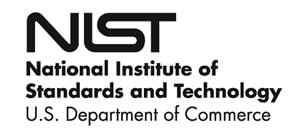RSS feed source: Federal Emergency Management Agency
FRANKFORT, Ky. –The Disaster Recovery Centers in Garrard, Muhlenberg, Oldham and Webster counties are scheduled to close permanently. Kentucky survivors who experienced loss as the result of the April severe storms, straight-line winds, flooding, landslides and mudslides can still apply for FEMA assistance. The Disaster Recovery Centers are located at:
Garrard County: Closing permanently Friday, June 20 at 7 p.m.
Forks of Dix River Baptist Church: 5764 Lexington Road, Lancaster, KY 40444
Working hours are Wednesday through this Friday, 9 a.m. to 7 p.m. Eastern Time
Muhlenberg County: Closing permanently Saturday, June 21 at 7 p.m.
Fire Training Center: 61 Career Way, Central City, KY 42330
Working hours are Wednesday through this Saturday, 9 a.m. to 7 p.m. Central Time.
Oldham County: Closing permanently Friday, June 20 at 5 p.m.
Goshen Branch Oldham Co. Public Library: 3000 Paramont Commons, Prospect, KY 40059
Working hours are Wednesday through this Friday, 10 a.m. to 5 p.m. Eastern Time.
Webster County: Closing permanently Saturday, June 21 at 7 p.m.
Onton United Methodist Church: 15 Wrightsburg Road, Sebree, KY 42455
Working hours are Wednesday through this Saturday, 9 a.m. to 7 p.m. Central Time.
Disaster Recovery Centers are one-stop shops where you can get information and advice on available assistance from state, federal and community organizations. You can get help to apply for FEMA assistance, learn the status of your FEMA application, understand the letters you get from FEMA and get referrals to agencies that
Click this link to continue reading the article on the source website.



